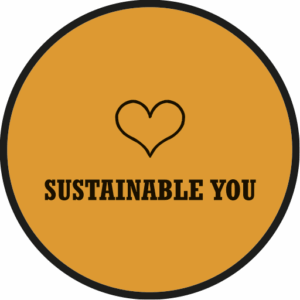

When the body says no
What happens when we ignore our trauma so it gets stuck in mind and body? Gabor Matés book ‘When the body says no’ tells us all about the hidden stresses of trauma. Introducing the mindbody “When we have been prevented…



What happens when we ignore our trauma so it gets stuck in mind and body? Gabor Matés book ‘When the body says no’ tells us all about the hidden stresses of trauma. Introducing the mindbody “When we have been prevented…